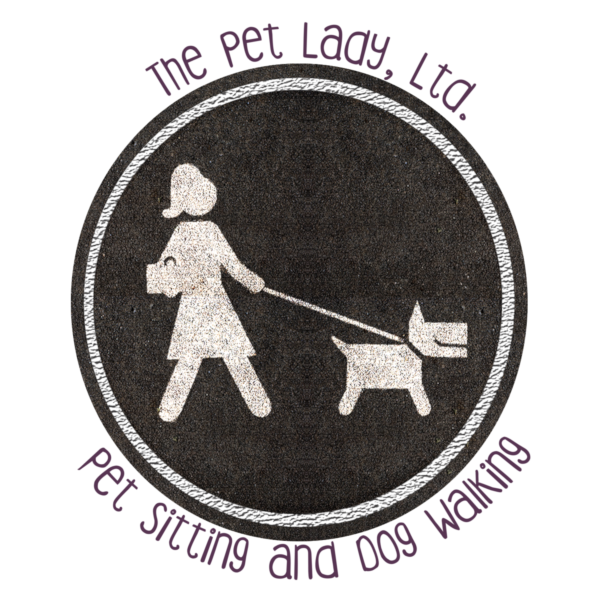Puppy Pawsitivity
You just brought a puppy home and your friends start telling you horror stories about taking their dog to the vet, the groomer, and how their dog is afraid of the car… you wonder, is there a way to get my puppy to like these things? How can I help my dog enjoy new experiences? Have no fear! Dogs Can Do is here!
There are very easy steps you can take to create positive experiences for your pup even in places most of our canine companions hate going. Let’s review the basic principles you’ll need to follow.
Many people will tell you to give your dog treats at the vet or the groomer as this will help your dog enjoy these establishments. This sounds simple, but there are important factors missing from this advice.
Imagine, you take your dog to the vet, you have your treats at the ready. You enter the vet office and attempt to feed your dog. Your puppy ignores the treat, it’s as if it isn’t even there! You figure “she must not be hungry,” and continue the visit with an upbeat attitude, hoping this will do the trick.
What’s actually happening is that your dog is already too afraid to eat! How is this possible? You just walked into the waiting room. Nothing happened! Try and see things from your dog’s point of view; this is a new and unfamiliar environment. Other dogs in the waiting room are already nervous (pacing, panting, whining). While these signals are enough to put your puppy on edge, we’re still forgetting a major factor…. YOUR DOG’S SENSE OF SMELL!
Dogs’ sense of smell is far greater than ours. Dogs can smell chemical changes in our bodies and in other dogs. So, while we only see and hear signs of discomfort from other dogs your puppy can actually smell their fear.
How do we counterbalance this? We need to take things a step further. When taking your dog to the vet, go early so you can spend time outside. Take your dog for a walk around the block before going into the office, this puts them in a neutral state of mind. We’re also going to incorporate basic obedience. This creates the opportunity for us to give our dog treats for performing cues they already know.
This process will shift your dog into obedience mode, get them to take treats, and enjoy themselves. Now, when we move into the waiting room, we are going to use a simple cue to keep our dogs focused on us; “Watch.” The “watch” cue is used to get our dog to make eye contact with us. Before coming to this visit you will have practiced “watch” at home. You say “watch” and your dog has learned that looking at you will get them a treat.
By taking your dog for a training walk before entering the vet’s office you’ll have help them access the thinking part of their brain. They want to work and earn that treat. Once you’re in the office you’re going to use “watch” to prevent your dog from fixating on what’s going on around them (i.e. fearful dogs) and keep their attention on you. Furthermore, since your dog is already in the proper state of mind, she will happily take the treats being given. This is how we create the idea that “Going to the Veterinarian means good things!”
You can apply this simple process to various situations, going to the groomer, pet store, even a friend or family member’s home your pup’s never been to before. The key is to start with the right mindset (via our training walk) and give them something to do once we’ve gone inside (“watch”).
Now, let’s discuss car rides. Many dogs are afraid of the car because the only time they go for a ride is to go to the dreaded Vet or Groomer. How do we solve this problem? BEFORE ever going to the Vet or Groomer, take your dog for short care rides to create good experiences. You can take short rides where you have no real destination or when you need to go through a drive through for coffee, food, or the bank. The best part? You don’t even need treats!
Rolling your windows down slightly to let in smells will be something your dog finds rewarding. Dogs love experiencing new smells. Additionally, we’re creating safe / neutral experiences which helps our dogs see car rides as being fun and exciting.
By following this simple formula of taking your dog for a training walk before entering new environments and then rewarding them once you’ve gone inside, we’re able to form positive associations for our dogs and prevent them from becoming fearful. Taking this extra step will save you and your puppy from a lot of unnecessary stress!


